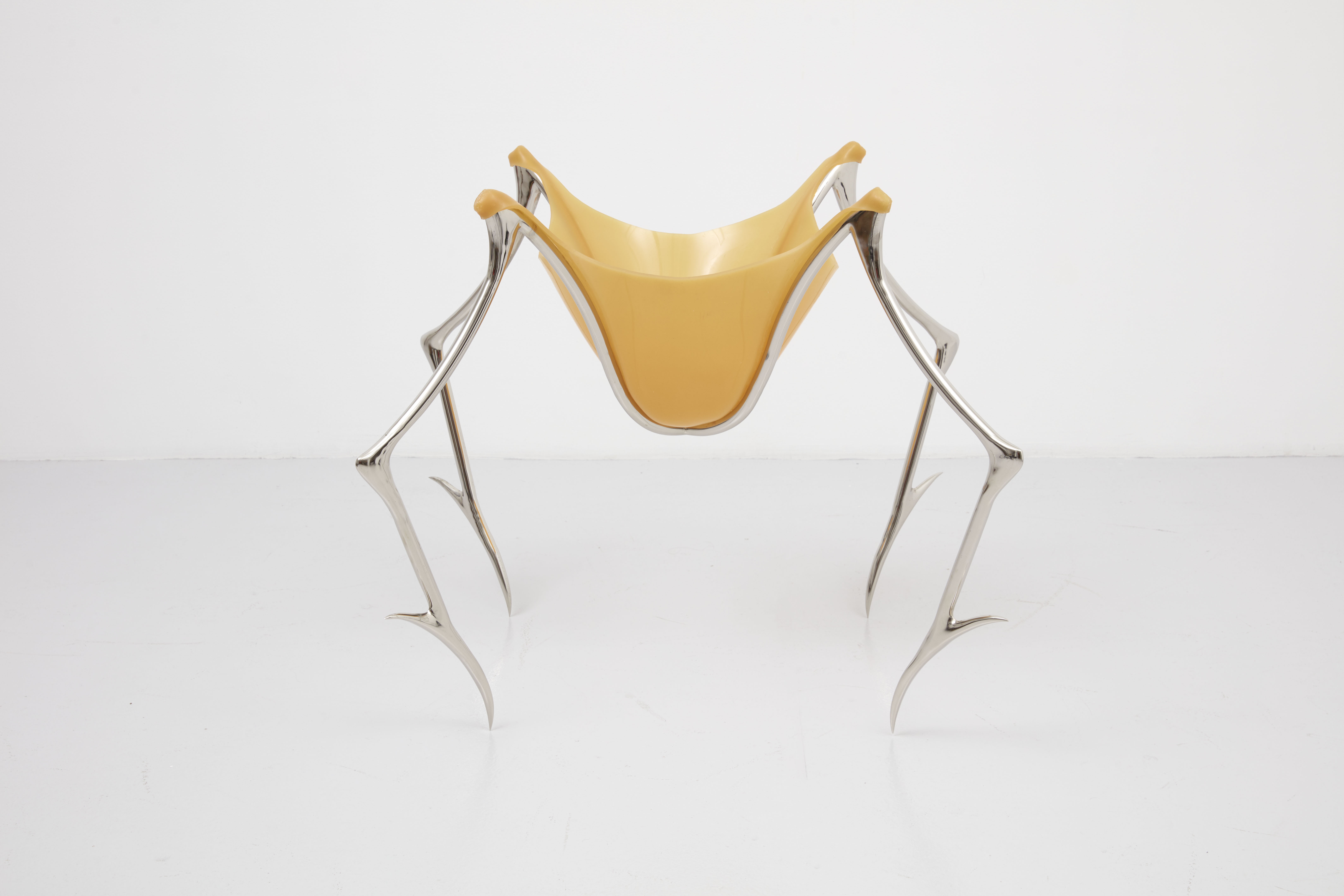Casey Kaplan

ARTFORUM REVIEW: Where the threads are worn
— Zoë Lescaze
When Odysseus set sail for Ithaca, “home” became more than a set of four familiar walls in the popular imagination. It was a psychic state of comfort, safety, and belonging, a mythic destination at journey’s end. During the pandemic, home was just that for some people—a refuge and a fortress where the masks came off. But lockdown measures made it a prison for others trapped in bad situations, while many more lost their living spaces altogether. “Where the threads are worn,” a timely twenty-five artist exhibition at Casey Kaplan devoted to multifarious concepts of home, presented themes of displacement and confinement, as well as the quiet rituals that transform shelters into sanctuaries. Many of the thirty-three works on display were fully abstract; most lacked overtly domestic iconography. The result was a show on a topical, much-discussed subject that somehow managed to avoid being obvious.
Thirty cellophane sleeves sourced from packs of cigarettes stood in tidy rows, neatly spaced on clear acrylic shelves like days on a calendar, in Yuji Agematsu’s zip: 09.01.18 . . . 09.30.18, 2018. The work is a diary of sorts: Each envelope contains bits of sidewalk jetsam gathered during a twenty-four-hour period. Dainty spires of crumpled foil, tattered wrappers, dingy stickers, runaway sequins, a spent cap-gun cartridge, dust bunnies, and dead cicadas form delicate dioramas. The piece predated the monotony and limited travel of the past year (the series has been ongoing since 1997), but its celebration of the minuscule and the mundane offered a prescient reminder of how the most immediate and banal corners of our lives contain entire cosmos. In the color photograph Witness to Equanimity, 2021, Diamond Stingily documented a small, windowless kitchen in a state of creative chaos. Long braids of synthetic Kanekalon hair (a signature element of her installations) cascaded over the counter and onto the tiled floor. Other shelves and surfaces were crowded with everyday clutter: mugs, a Bic lighter, an Afro pick, a bag of rice, an empty bottle of apple juice. The riotous tangle of projects in progress, pots, and pans suggested that home is about nourishment—it’s wherever we can cook up ideas, art, and dinner.
In two knockout abstract works, Caroline Kent conjured up a more ambiguous, cerebral space. Vivid lines and pastel forms—a lilting tower of orange octagons, dusty pink polyhedrons, a boxy turquoise shape recalling a coffin—rose to the surface and receded into the shadows of She had this way about her words, 2021. The piece captured the confusion of groping for meaning in the dark and the joys of constructing it for ourselves. A sculpture by Hannah Levy, Untitled, 2021, injected a welcome jolt of menace into the exhibition. Four barbed metal pincers supported a deep saclike bowl of fleshy, stretchy silicone the color of beeswax. The legs tapered to pointed spines, such that the piece barely touched the ground and seemed ready to scuttle around the room. The unsettling quality of Levy’s work derives in part from her keen ability to distort domestic objects—a piece of furniture, in this case—into something sinister. Levy may not have an anti-consumerism agenda in mind, but her ominously biomorphic decor suggests the dangers of fusing our sense of self to the tasteful things we own. In that sense, the real threat lies not outside the home but lurks within it. Rachelle Dang confronted the fragility of beloved spaces in two works that address the history of colonial exploitation in her native Hawaii. House on Cannonball Street, 2020, a sculptural rendering of the type of carrying case Western naturalists would use to transport “exotic” botanical specimens back to Europe, is painted a noxious artificial green that alludes to a legacy of environmental degradation. Punctuating the show’s weightier works were wryly humorous interventions. Mateo López’s I am Sitting in a Room, 2017, consists of a nondescript wooden door cut and hinged so that it slouched against the wall like a worn-out person. Homes—perhaps as metaphors more than anything else—get tired too.
Read more at Artforum.com or in Print Summer 2021.